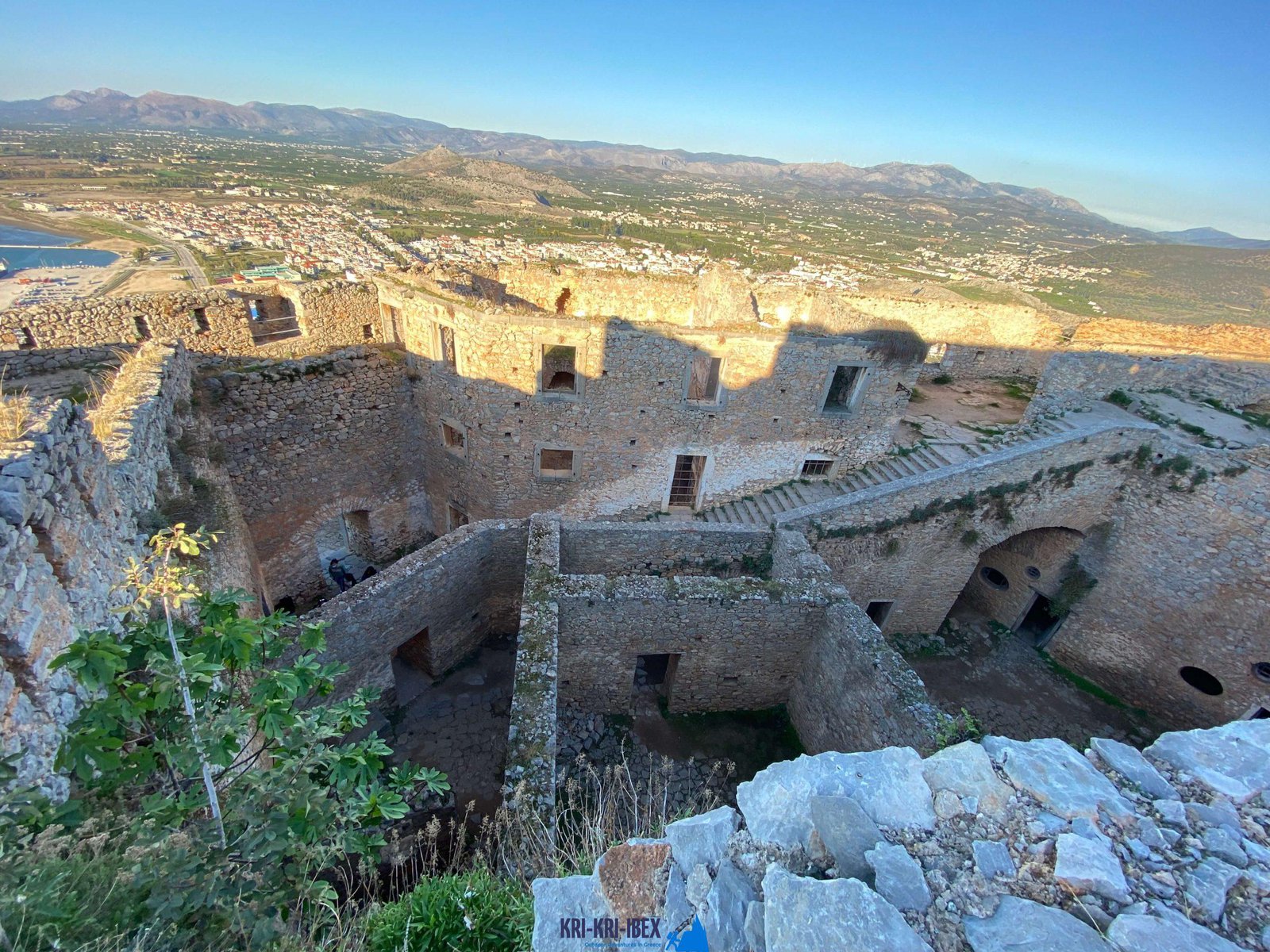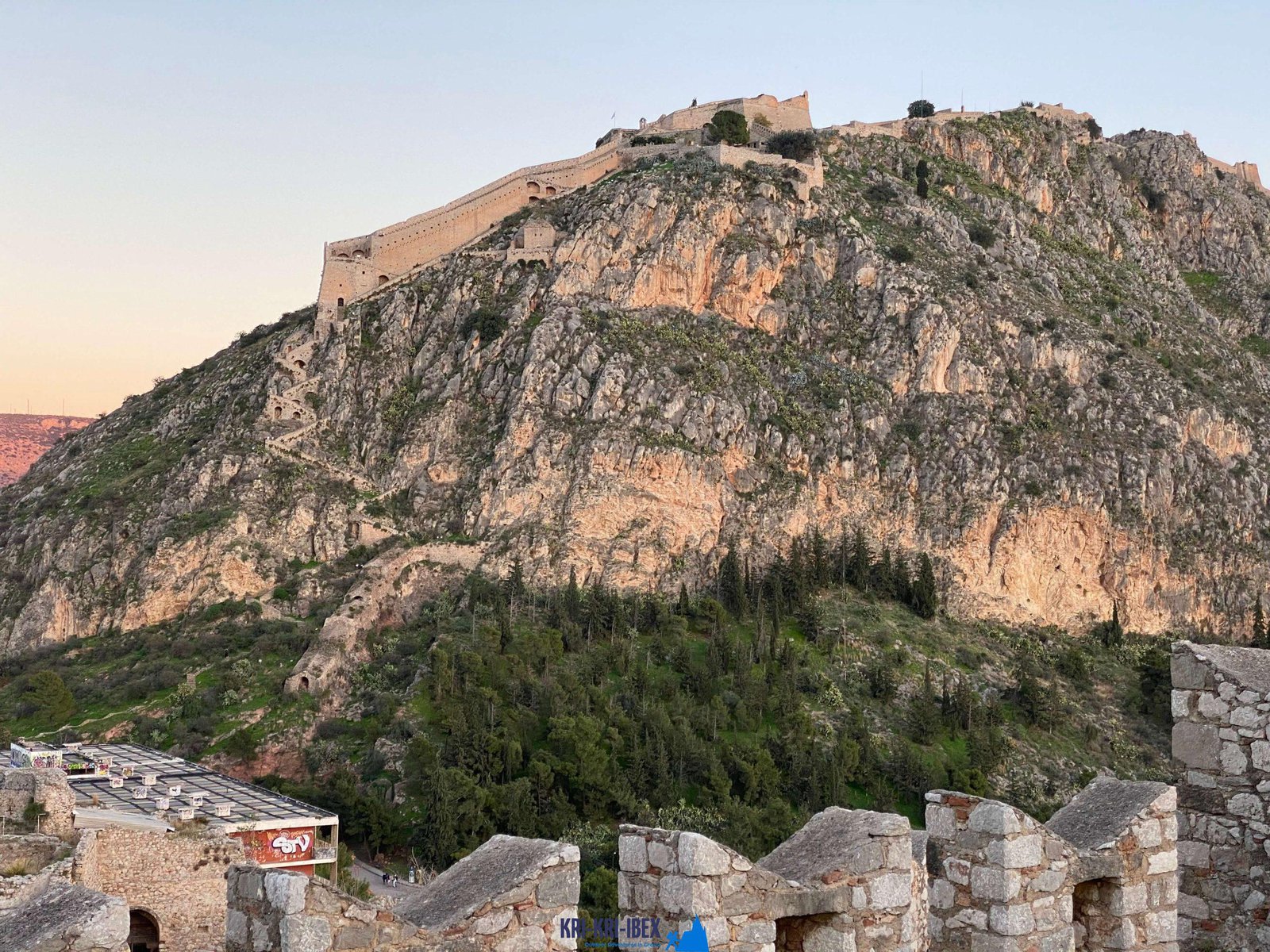Free diving, searching as well as fishing on Sapientza island in Greece
Free diving, searching as well as fishing on Sapientza island in Greece
Blog Article

To lots of people, The Peloponnese peninsula on the Greek Mainland is the 'real' Greece, where things have actually not transformed a lot in any way over the centuries although that lots of people have discovered it. This is an area where you can easily invest a month, but if you are short on schedule after that our outdoor hunting, Fishing, totally free diving as well as visiting Peloponnese Tours from Methoni is a terrific option.

Greece is a stunning country with plenty of chances for travelers. There are stunning beaches, old ruins, and tasty food to enjoy. On top of that, there are several tasks offered such as biking, hiking, as well as skiing. Greece is the perfect location for any individual trying to find a vacation filled with adventure and enjoyment.
What to Expect on a Peloponnese Tour? When you book one of our hunting as well as visiting Peloponnese Tours from Methoni, you can anticipate to be surprised by the natural beauty of the location. From the excellent coastlines to the mountains and woodlands, there is something for every person to appreciate in the Peloponnese. Furthermore, you will certainly have the possibility to taste a few of the best food that Greece needs to use. Greek food is renowned for being fresh as well as delicious, and you will certainly not be let down. One of the best parts concerning our tours is that they are designed to be both fun and also academic. You will certainly find out about Greek background and also society while also getting to experience it firsthand. This is a remarkable opportunity to submerse yourself in everything that Greece needs to supply.
There is truly something for everybody in the Peloponnese peninsula. Whether you have an interest in background and also culture or nature and also outside activities, this is an ideal location for your next getaway. If you are short on schedule, our searching and touring Peloponnese Tours from Methoni is a terrific method to see whatever this impressive location needs to offer.And finally, your Kri Kri ibex prize is waiting on you.
What is the diference between Kri Kri ibex, Bezoar ibex and hybrid ibex
The kri-kri is not thought to be indigenous to Crete, most likely having been imported to the island during the time of the Minoan civilization. Nevertheless, it is found nowhere else and is therefore endemic to Crete. It was common throughout the Aegean but the peaks of the 8,000 ft (2,400 m) White Mountains of Western Crete are their last strongholds–particularly a series of almost vertical 3,000 ft (900 m) cliffs called ‘the Untrodden’—at the head of the Samaria Gorge. This mountain range, which hosts another 14 endemic animal species, is protected as a UNESCO Biosphere Reserve. In total, their range extends to the White Mountains, the Samaria National Forest and the islets of Dia, Thodorou, and Agii Pandes.
This Ibex is NOT a diminutive form of the Bezoar Ibex, which has migrated into the western-most reach of the range of this species. The kri – kri (Capra aegagrus cretica), sometimes called the Cretan goat, Agrimi, or Cretan Ibex, is a feral goat inhabiting the Eastern Mediterranean, previously considered a subspecies of wild goat. The kri-kri has a light brownish coat with a darker band around its neck. It has two horns that sweep back from the head. In the wild they are shy and avoid tourists, resting during the day. The animal can leap some distance or climb seemingly sheer cliffs.
“The agrimi goat Capra aegagrus cretica is unique to Crete and its offshore islands. It has been identi®ed as a sub-species of the wild bezoar goat Capra aegagrus aegagrus Erxleben, 1777, which it closely resembles in horn shape, body form and coloration. This classi®cation has been disputed by some researchers who claim that the agrimi are feral goats, derived from early domestic stock brought to the island by the ®rst Neolithic settlers. In order to clarify this issue, DNA analyses (cytochrome b and D loop sequences) were carried out on tissue of live and skeletonized agrimi and compared to sequences of wild and domestic caprines. Results conclusively show the agrimi to be a feral animal, that clades with domestic goats (Capra hircus) rather than with wild Asiatic bezoar. This study demonstrates that morphometric criteria do not necessarily re¯ect genetic af®nities, and that the taxonomic classi®cation of agrimi should be revised.”
Report this page